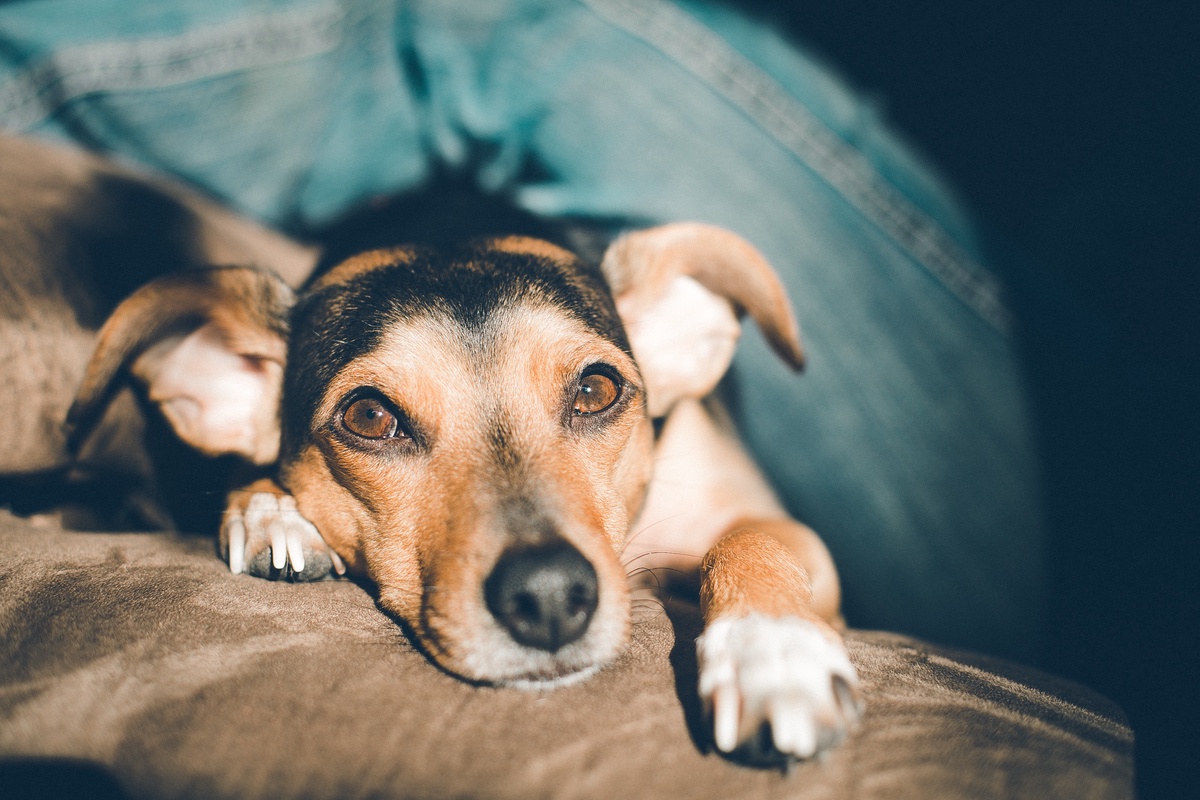Parvovirus in Dogs, often referred to as "parvo," is a highly contagious and potentially deadly viral infection that affects dogs, particularly puppies and unvaccinated dogs. Understanding the causes, symptoms, prevention, and treatment of parvovirus is crucial for dog owners to protect their furry companions from this devastating disease.
Causes of Parvovirus in Dogs
-
Virus Transmission:
- Parvovirus spreads through contact with infected feces, contaminated environments, or infected dogs. It is highly contagious and can be easily transmitted through shared food and water bowls, toys, or direct contact with infected dogs.
-
Viral Resilience:
- Parvovirus is a resilient virus that can survive in the environment for months, even in harsh conditions. This makes it particularly challenging to eliminate once present.
Symptoms of Parvovirus
-
Gastrointestinal Symptoms:
- The most common symptoms of parvovirus in dogs are severe gastrointestinal distress, including vomiting, diarrhea (often bloody), and loss of appetite.
-
Lethargy:
- Infected dogs typically become lethargic, weak, and unwilling to play or eat.
-
Dehydration:
- Vomiting and diarrhea can lead to rapid dehydration, which is a critical concern in parvovirus cases.
-
Fever:
- Many infected dogs develop a fever, which contributes to their overall discomfort.
-
Depression:
- Parvovirus can cause depression and a general sense of malaise in affected dogs.
Prevention of Parvovirus
-
Vaccination:
- The most effective way to prevent parvovirus is through vaccination. Puppies should receive a series of vaccinations starting at around 6 weeks of age and continuing every 3-4 weeks until they are 16-20 weeks old. Adult dogs should receive regular booster shots.
-
Hygiene and Disinfection:
- Practice good hygiene and sanitation to reduce the risk of contamination. Clean and disinfect areas frequented by dogs, including yards and kennels.
-
Isolation:
- Isolate infected dogs to prevent the spread of the virus to healthy ones.
-
Avoid High-Risk Areas:
- Avoid taking your dog to places where the risk of parvovirus exposure is high, especially if your dog is not fully vaccinated.
Treatment of Parvovirus
-
Hospitalization:
- Dogs infected with parvovirus often require hospitalization. This allows for the administration of intravenous fluids to combat dehydration and provide essential nutrients.
-
Medications:
- Medications may be prescribed to control vomiting and diarrhea and manage secondary infections.
-
Isolation:
- Infected dogs should be isolated to prevent the spread of the virus to others in the hospital or household.
-
Supportive Care:
- Supportive care, including maintaining body temperature, pain management, and nutritional support, is essential for recovery.
-
Recovery Time:
- Recovery from parvovirus can be lengthy and costly. Some dogs may take several days to weeks to fully recover.
Conclusion
Parvovirus is a severe and potentially fatal disease that can affect dogs of all ages but is particularly dangerous for puppies. Prevention through vaccination, good hygiene, and avoiding high-risk areas is essential. If your dog shows symptoms of parvovirus, seek immediate veterinary care, as early intervention can significantly improve the chances of survival. With proper treatment and supportive care, many dogs can recover from parvovirus and go on to lead healthy lives. Regular vaccination and responsible pet ownership are the keys to protecting your beloved canine companion from this deadly virus.


No comments yet